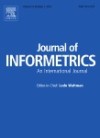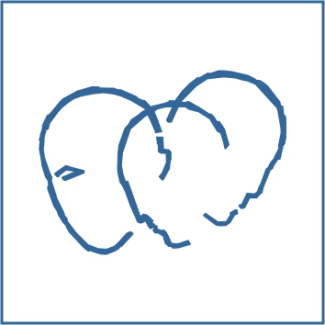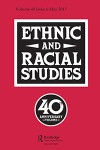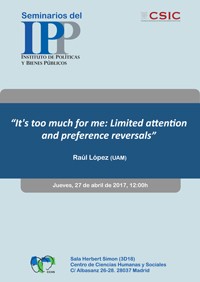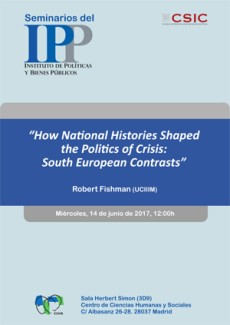Arencibia-Jorge R. & Moya-Anegon F. (2010) Challenges in the study of Cuban scientific output. Scientometrics 83(3): 723-737

Abstract. Cuban scientific output at macro level has not been frequently studied in the literature on scientometrics. The current paper explores the different metric approaches to the Cuban scientific activity carried out by national and international authors.



